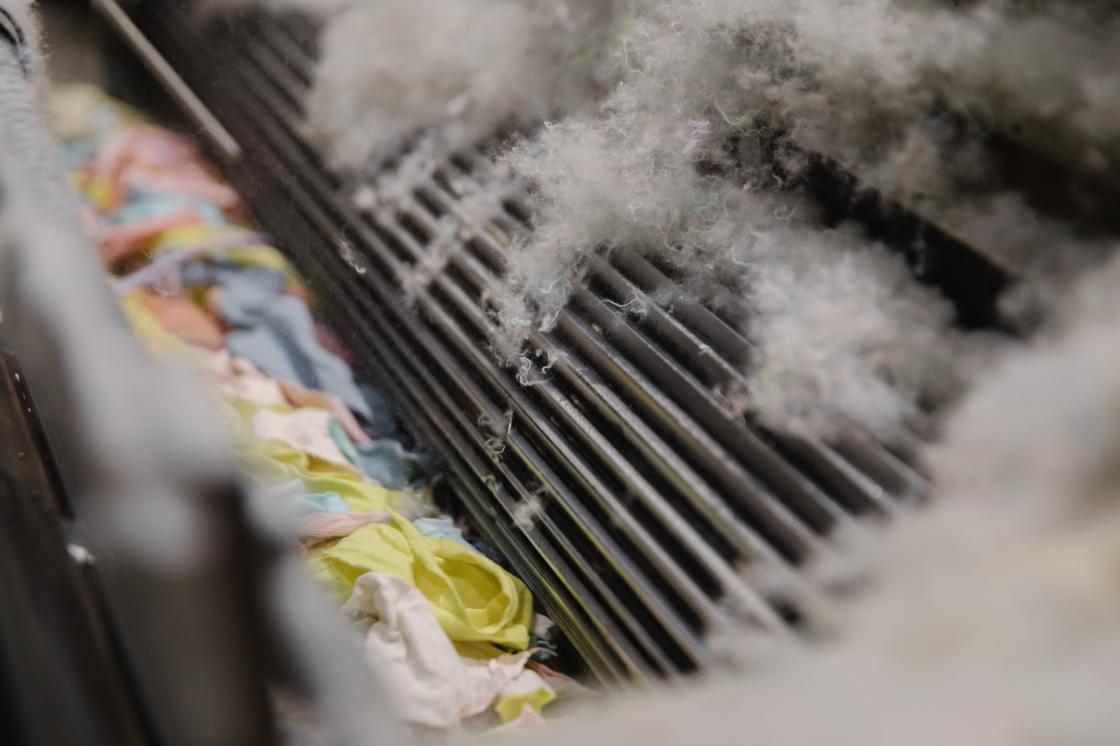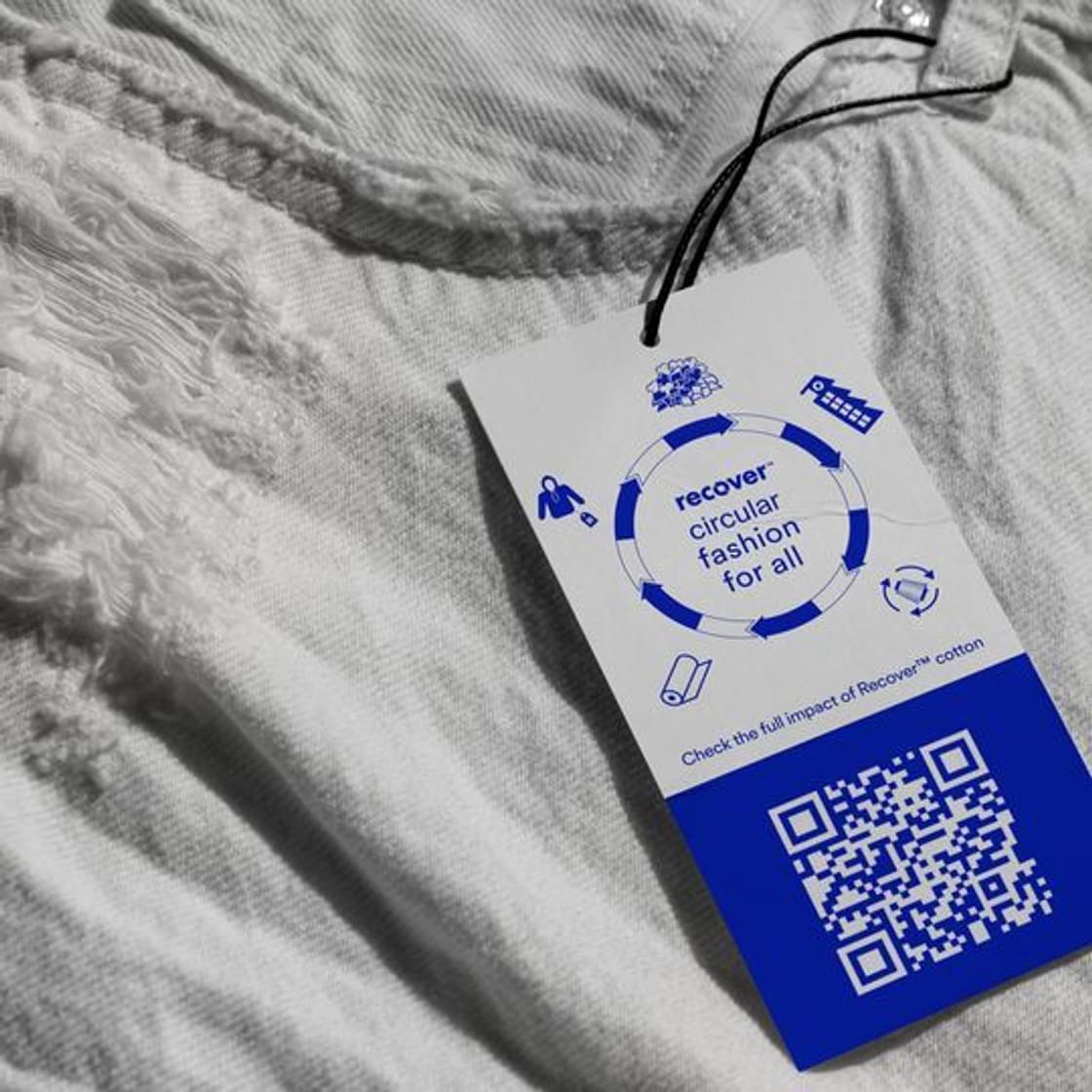Recover’s color range: a perfect match

Site map
While actors in the textile industry are increasingly engaged in implementing more sustainable and circular business models, the speed of transformation does not always match with the level of urgency defined by the current situation. The world is producing and consuming more textiles than ever before, and the current very low re-use and recycling rates mean that more textiles are also being thrown away than ever before. Here is where the government comes into play as an essential driver for change.

Regulations vary enormously depending on the type of industry and there are also huge differences between environmental regulations and social practices in different parts of the world. While the textile sector has been identified as a priority sector in Europe to move towards sustainability[1], gaps in policy and legislation are hampering the move to a more sustainable and circular textile value chain. The Sustainable Product Policy Initiative, where the Eco-design requirements will be set up, the Environmental performance of products & businesses to reduce greenwashing, or the Consumer policy for strengthening the role of consumers in the green transition, are some of the running initiatives. Nevertheless, additional efforts are needed to create coherent policy frameworks within the textile value chain, as this sector has a marked power asymmetry between the suppliers and global buyers and the large numbers of small and medium-sized players operating on tight margins [2].

The role of these new policies is to raise the floor addressing both social and environmental concerns. Business leaders generally look to the government to set the rules of the game as they define the limits of responsibility. However, there are different strategies that companies can adapt based on the level of compliance, from minimal to leading.
On the one hand, there are the leading companies who think ahead. Not only because of their convictions, but because of their ability to foresee abrupt changes to the levels of environmental sensibility that affect business. For example, the Virgin Atlantic air company believes passengers in the future will choose their flights according to their carbon footprint. They have been working on reducing their emissions and have announced a set of ambitious interim milestones to take Virgin Atlantic to net-zero by 2050.
On the other hand, many companies take the ‘low road’, trailing far behind the frontrunners. When stakeholders (customers, partners, employees, investors) have no awareness of environmental issues, companies’ goals usually are limited to just complying with the law. This strategy implies taking a reactive stance to changes in legislation.
There is especially a lack of implementation mechanisms to drive action that fosters the transformation of ‘low road’ companies into frontrunners. This includes disincentives, such as taxation of unsustainable practices and virgin materials, as well as incentives, such as decreased taxes on secondary raw materials, investments in research and development, and sustainable public procurement.
All actors along the supply chain have a role to play in reducing the environmental footprint of textile products. The role of policymakers is to lead the way in establishing a harmonized and aligned system with clear objectives, fostering measures that accelerate sustainable practices, and incentivizing circular business models. Nevertheless, companies should think ahead and include sustainability in their strategies. After all, over the medium to long term, environmental laws and regulations will inevitably change. Adapting late to evolving trends is normally much more costly than being an early mover.